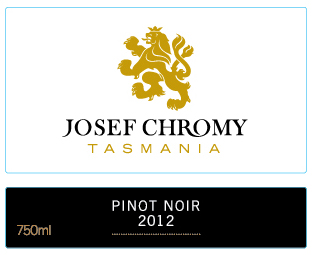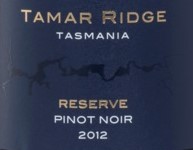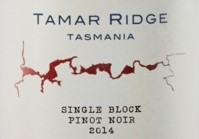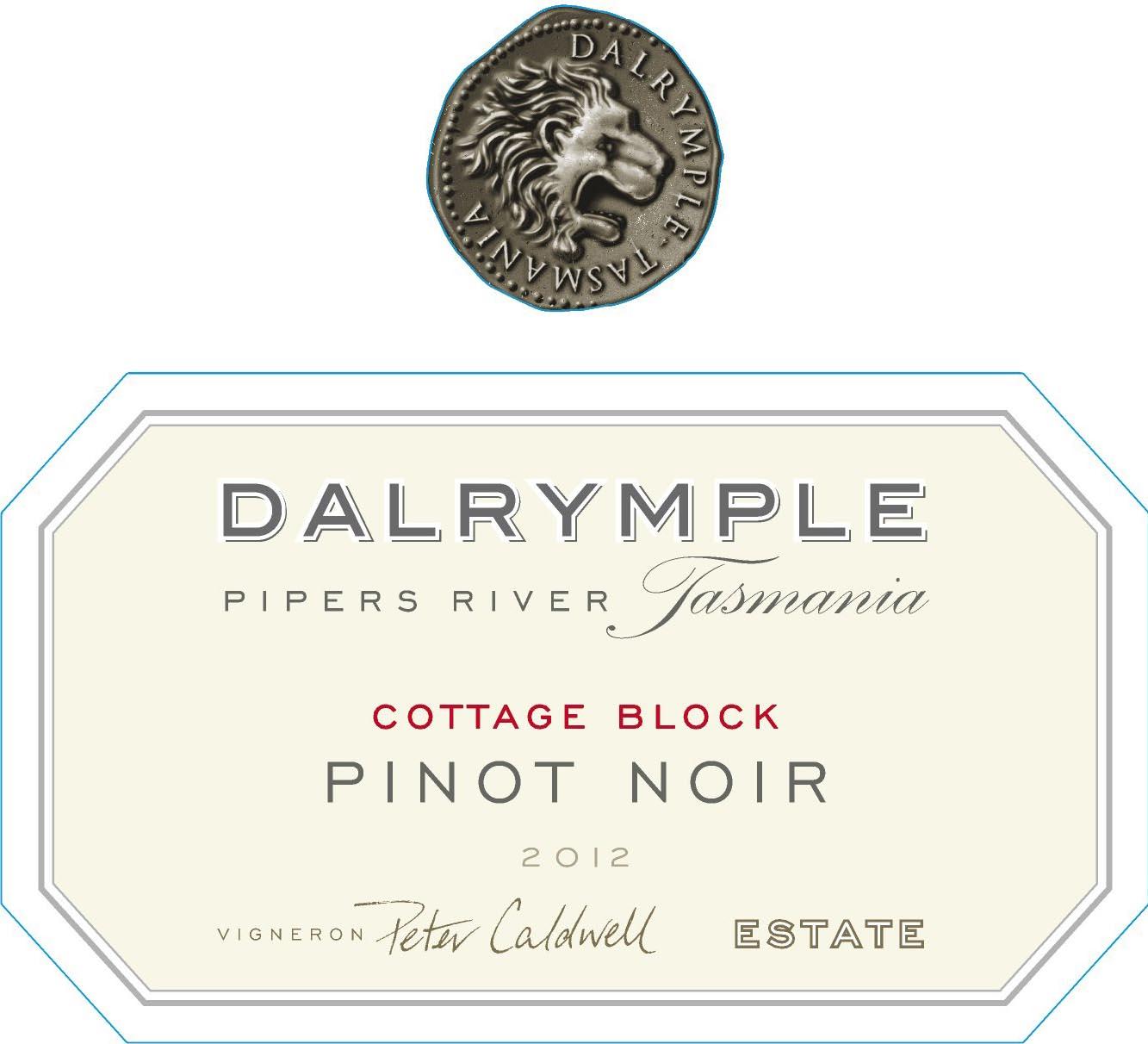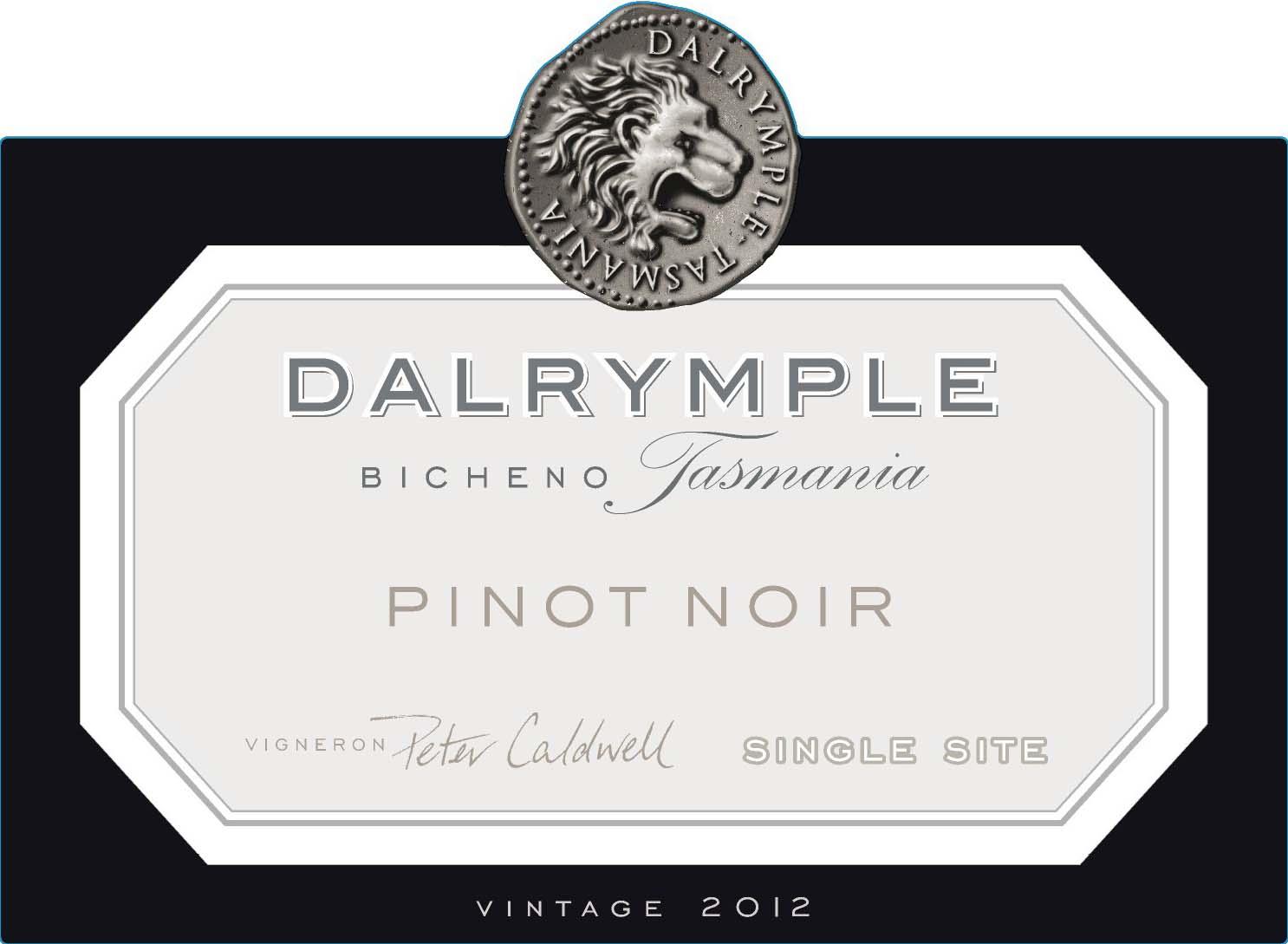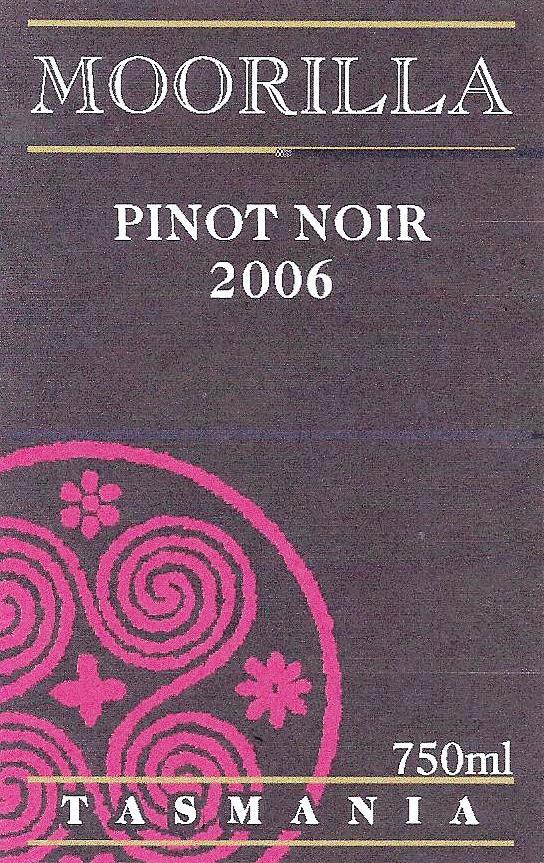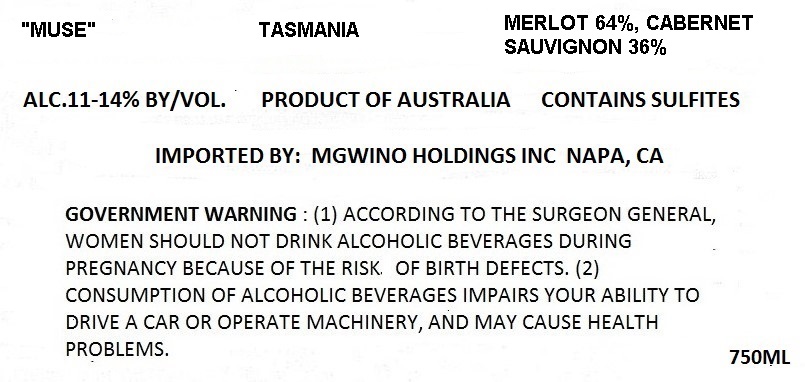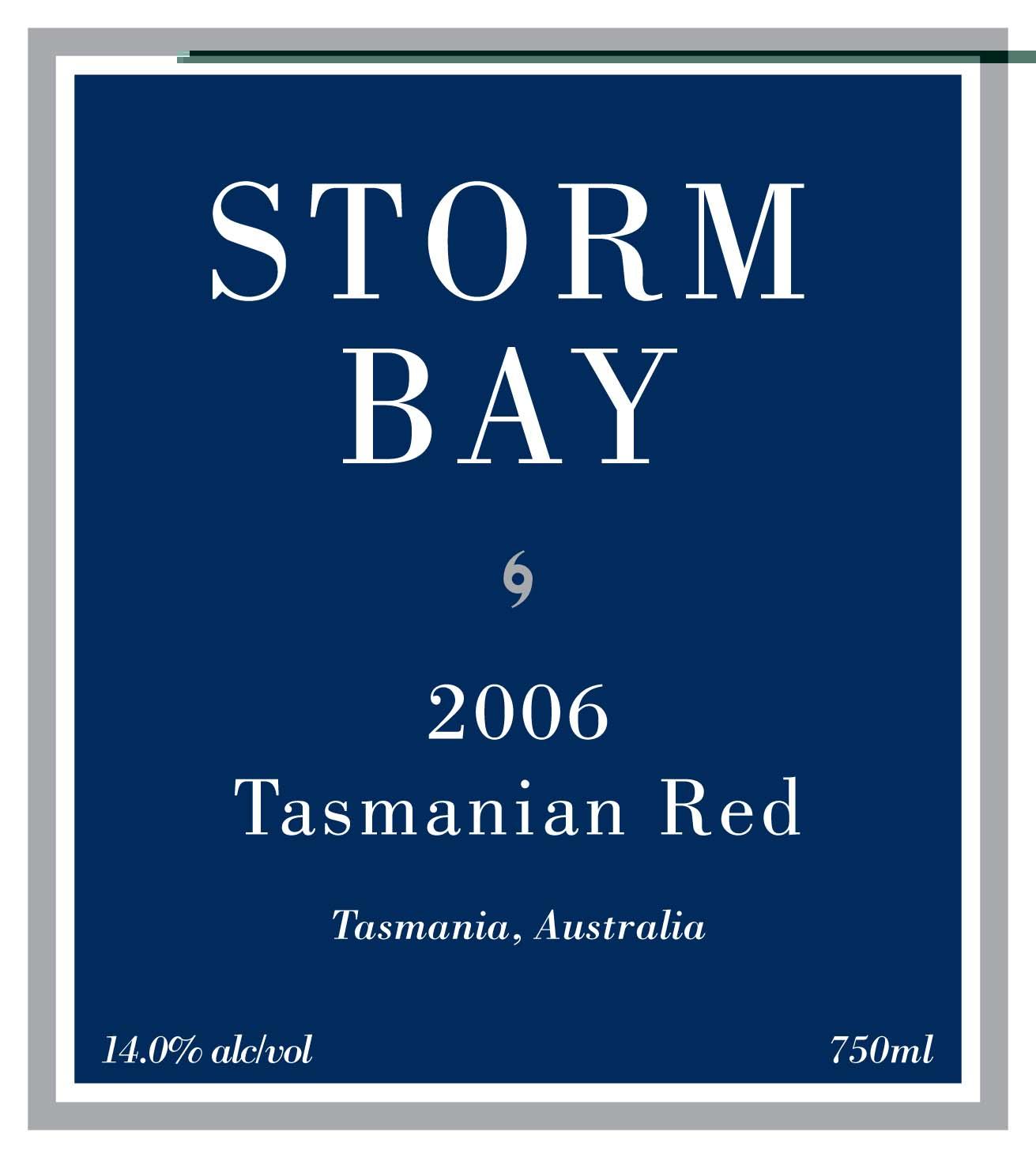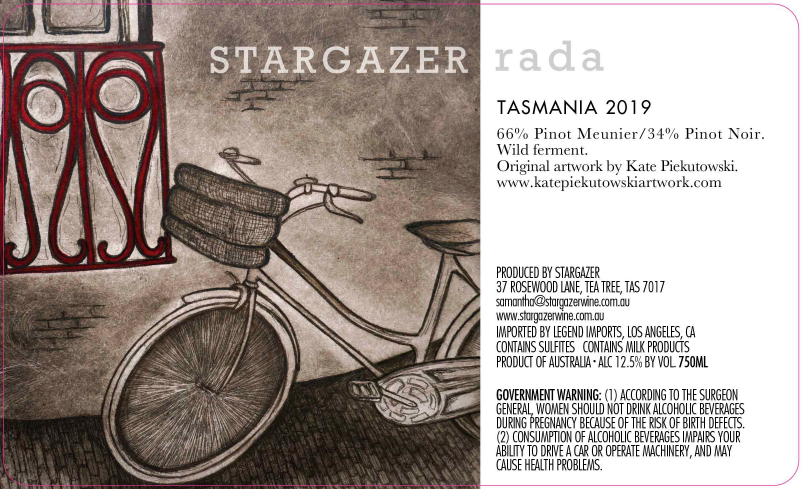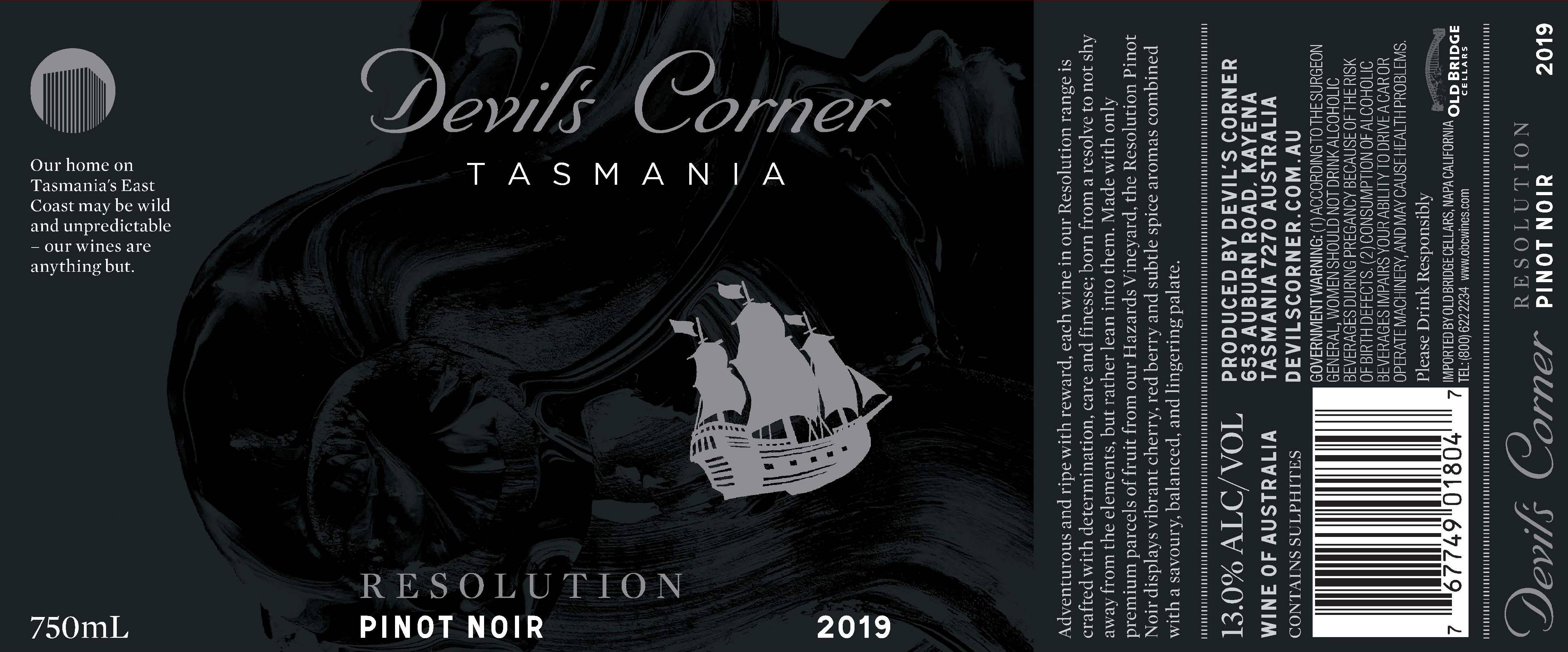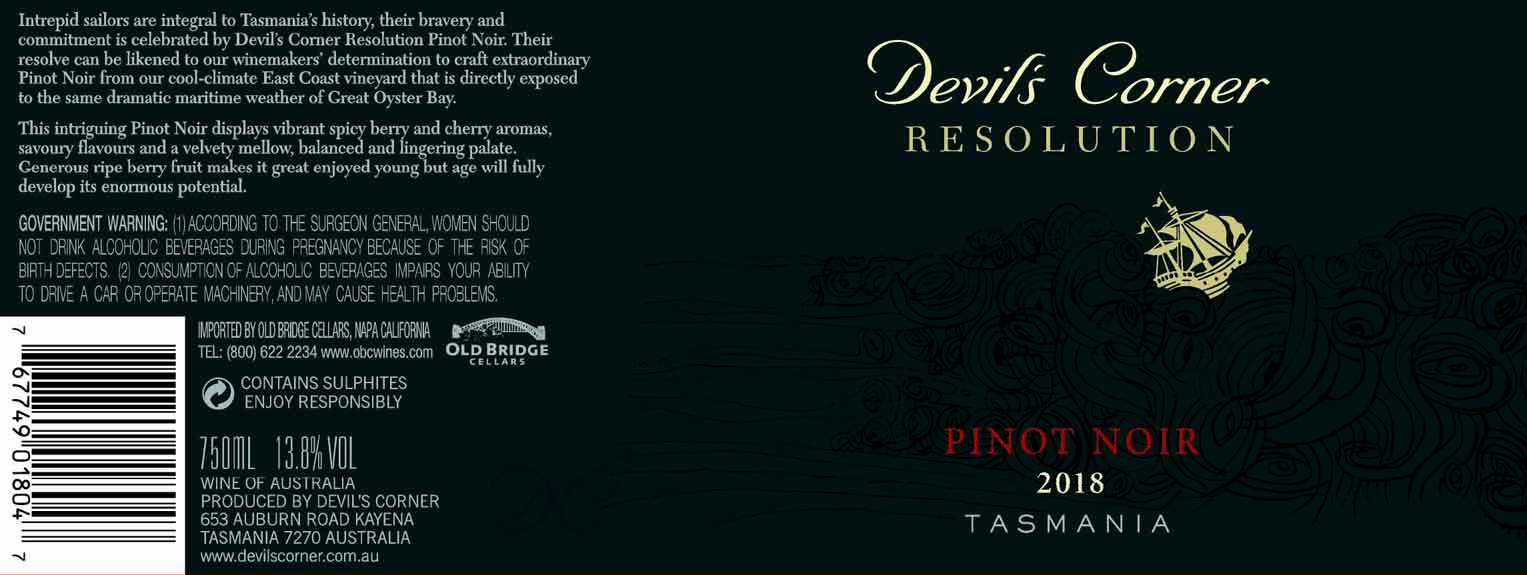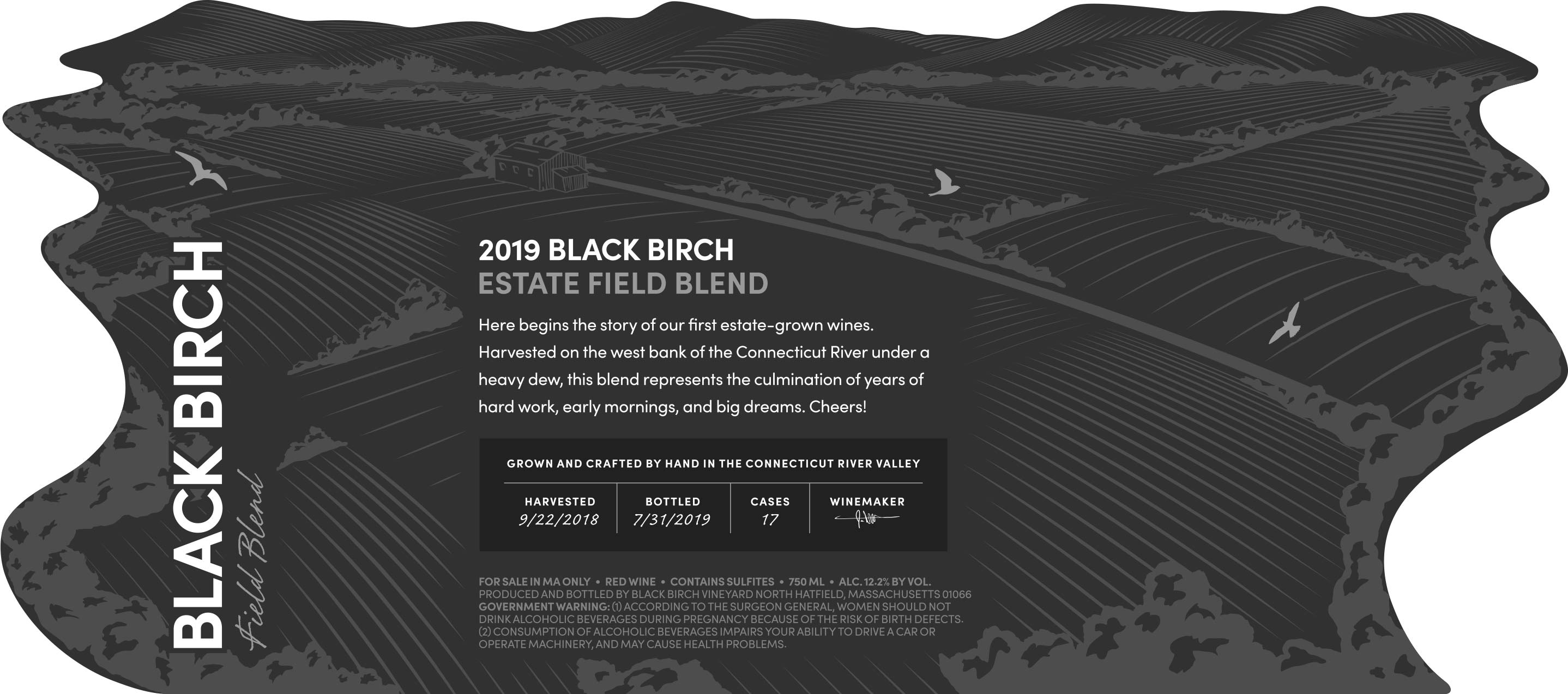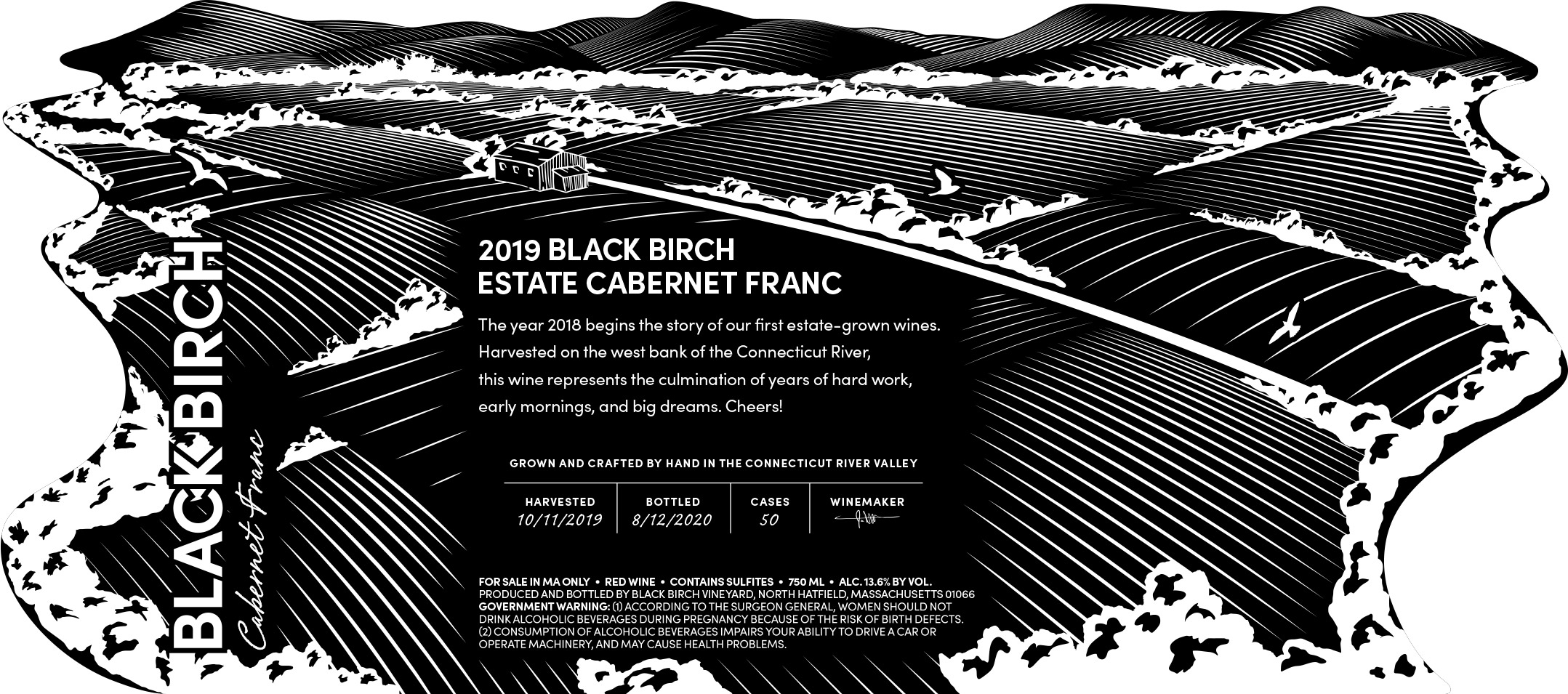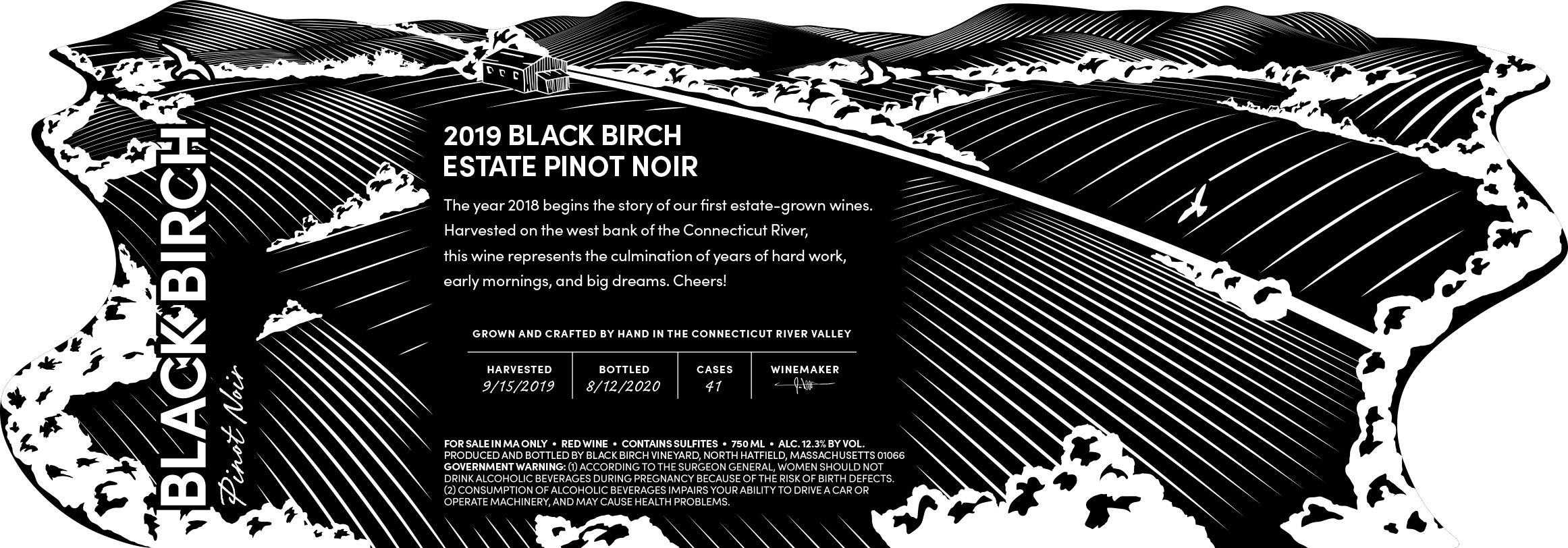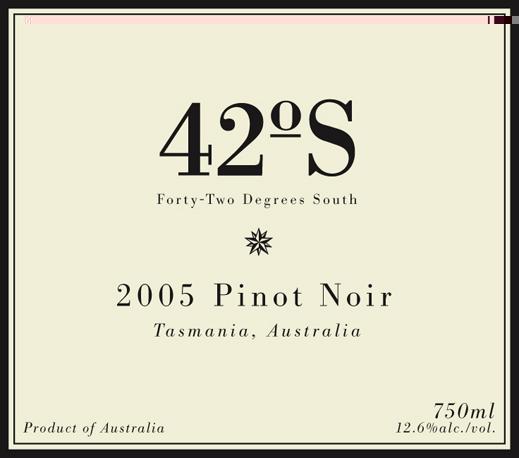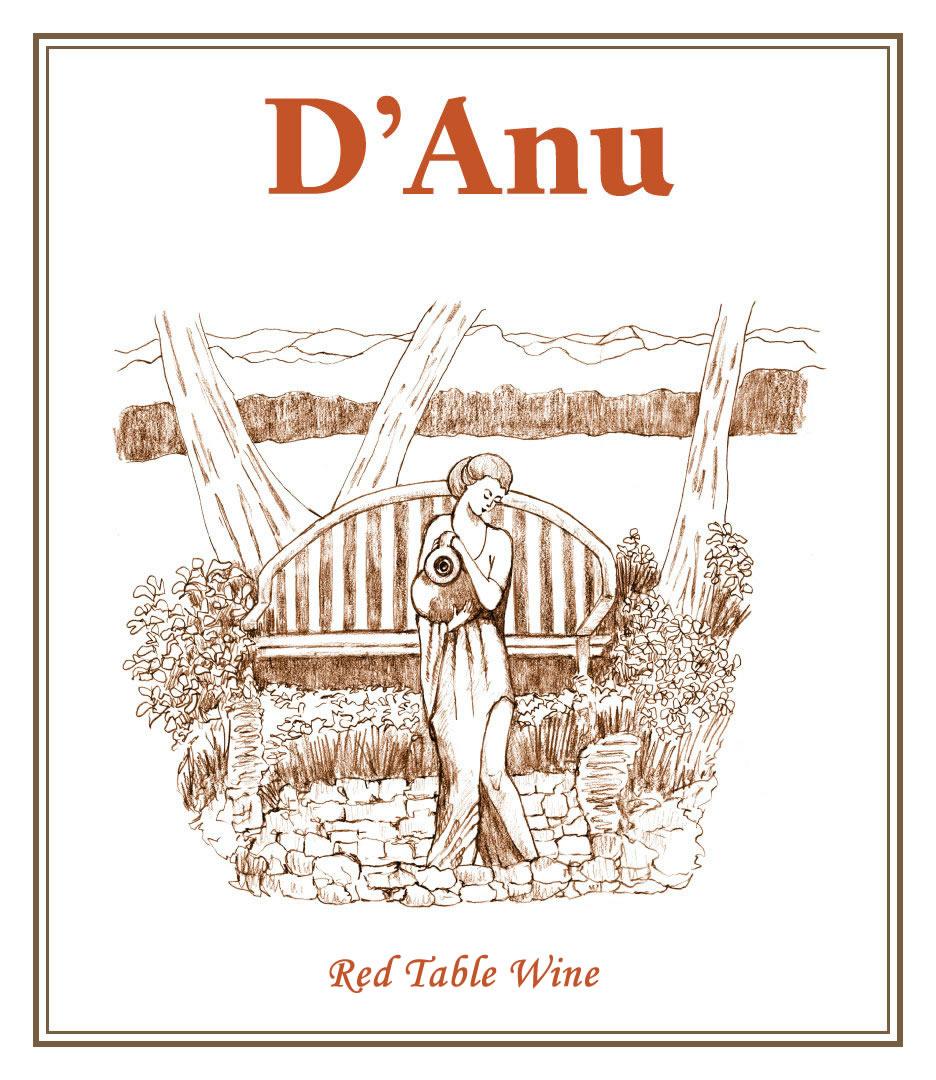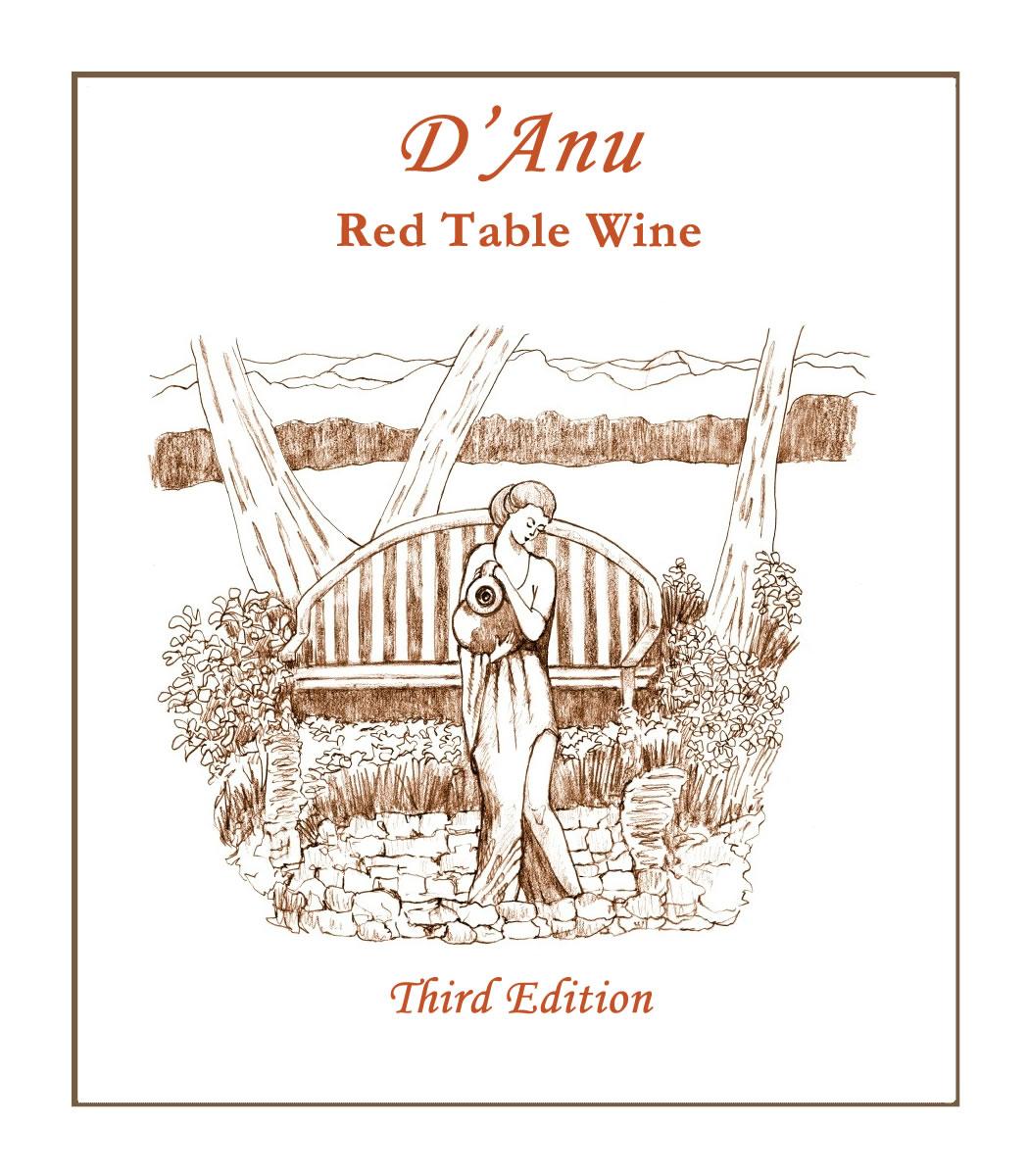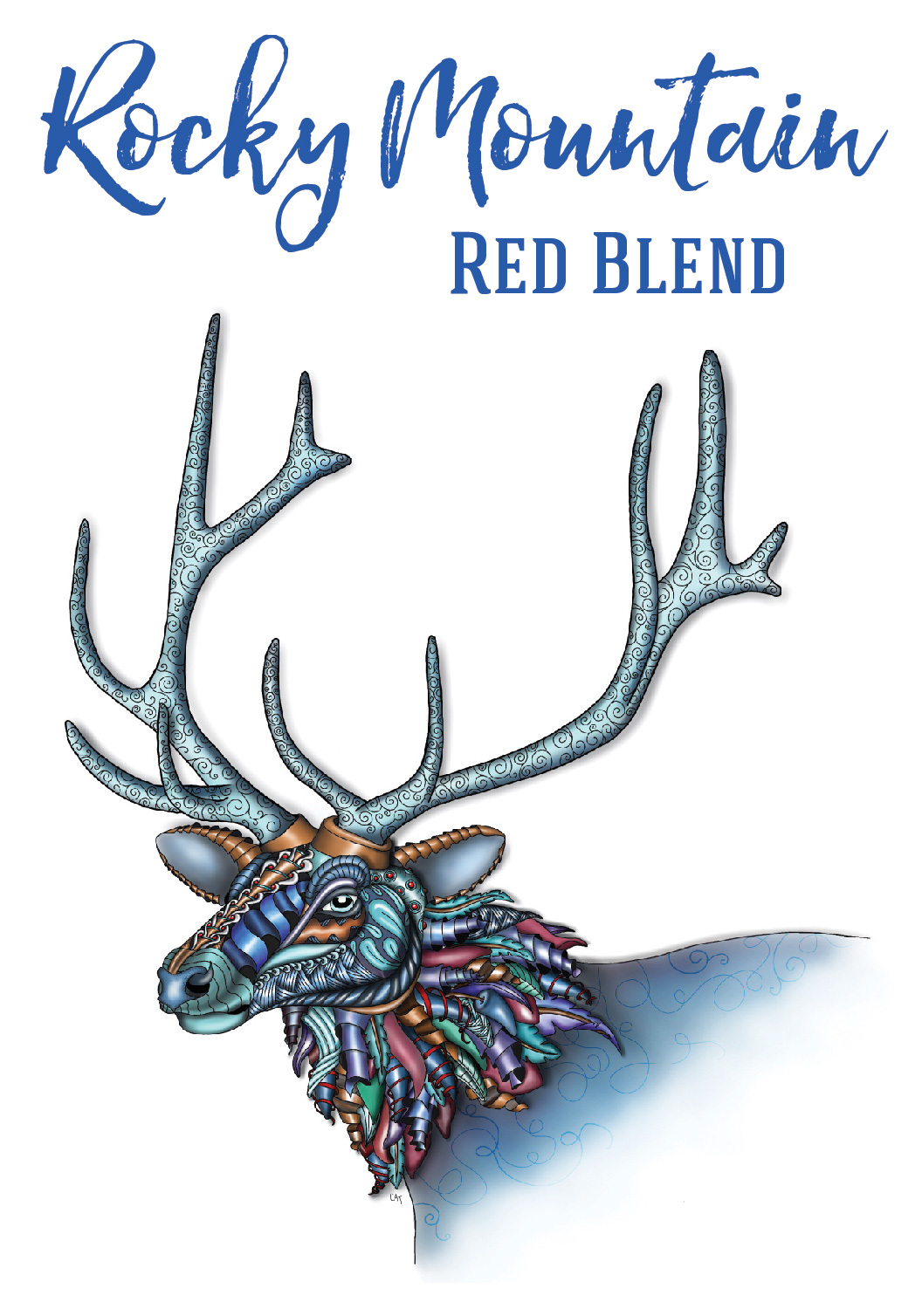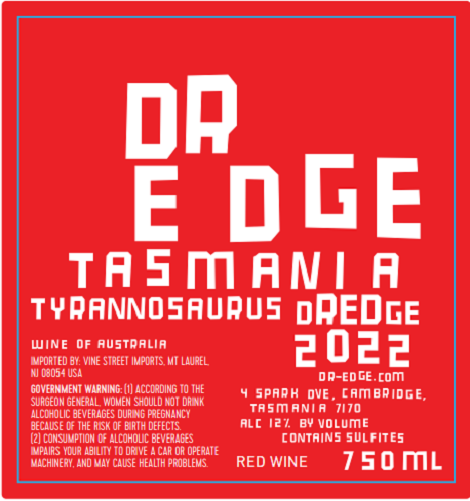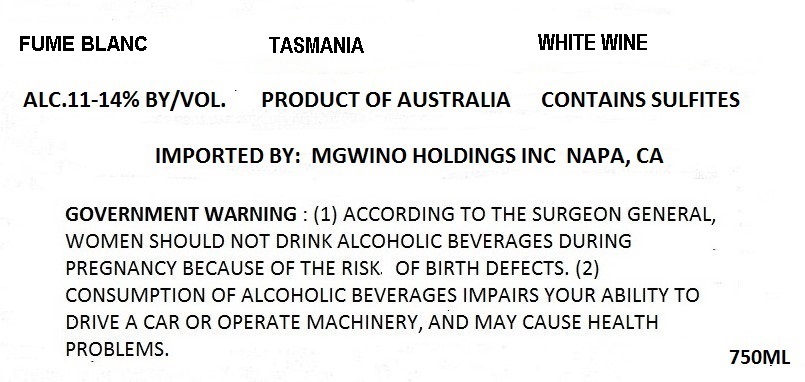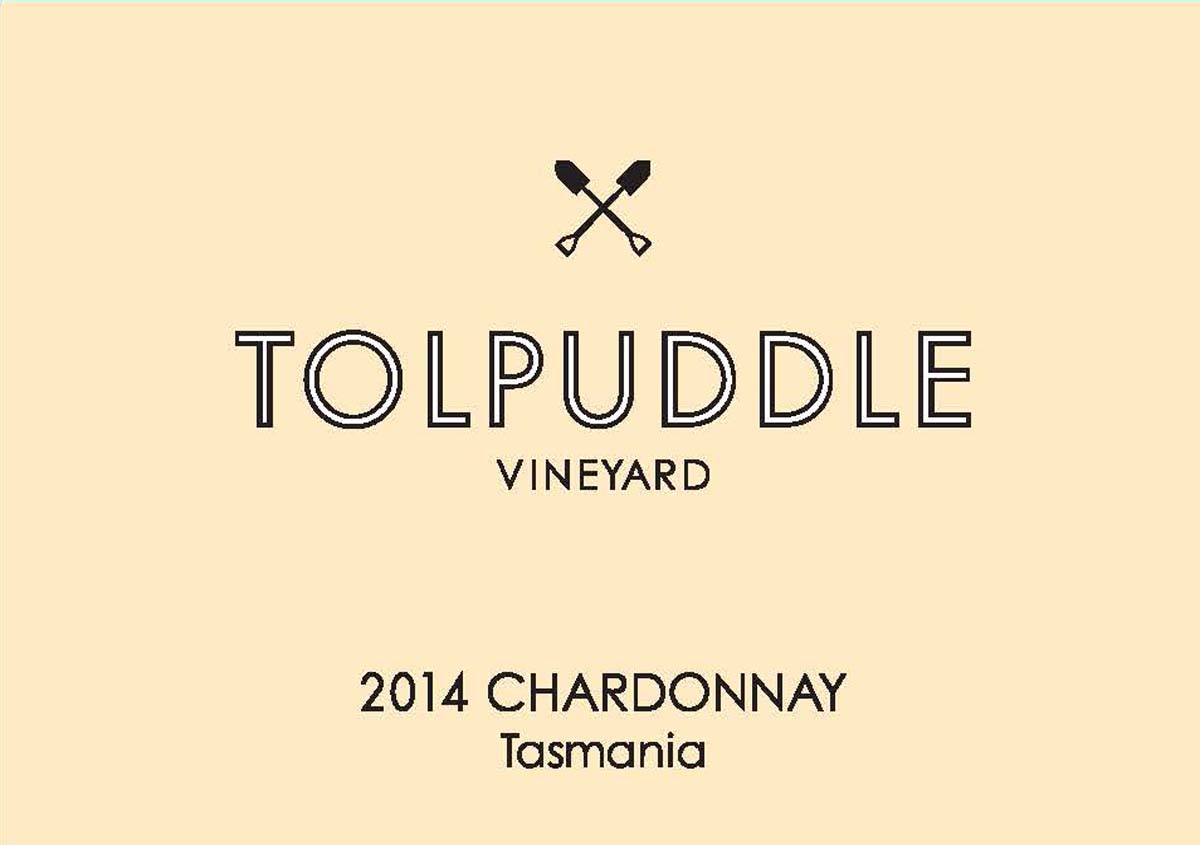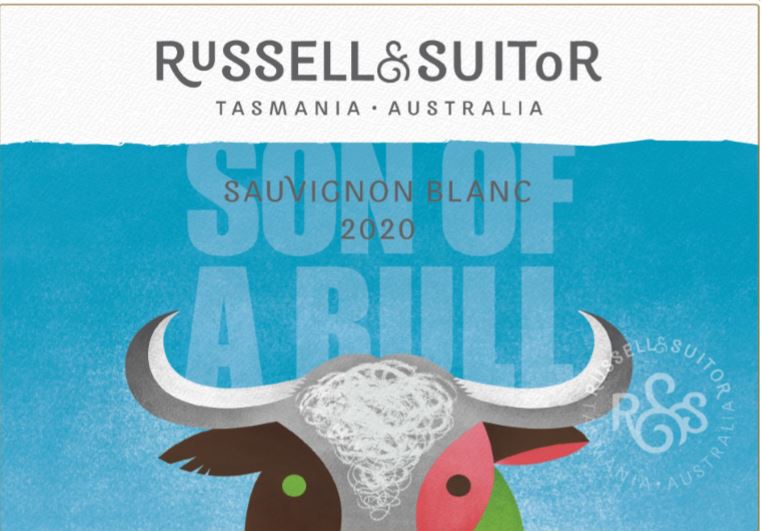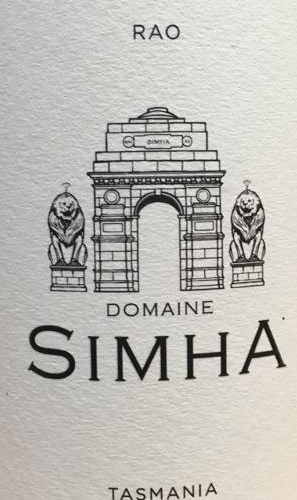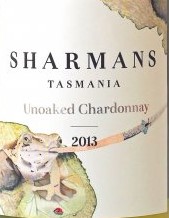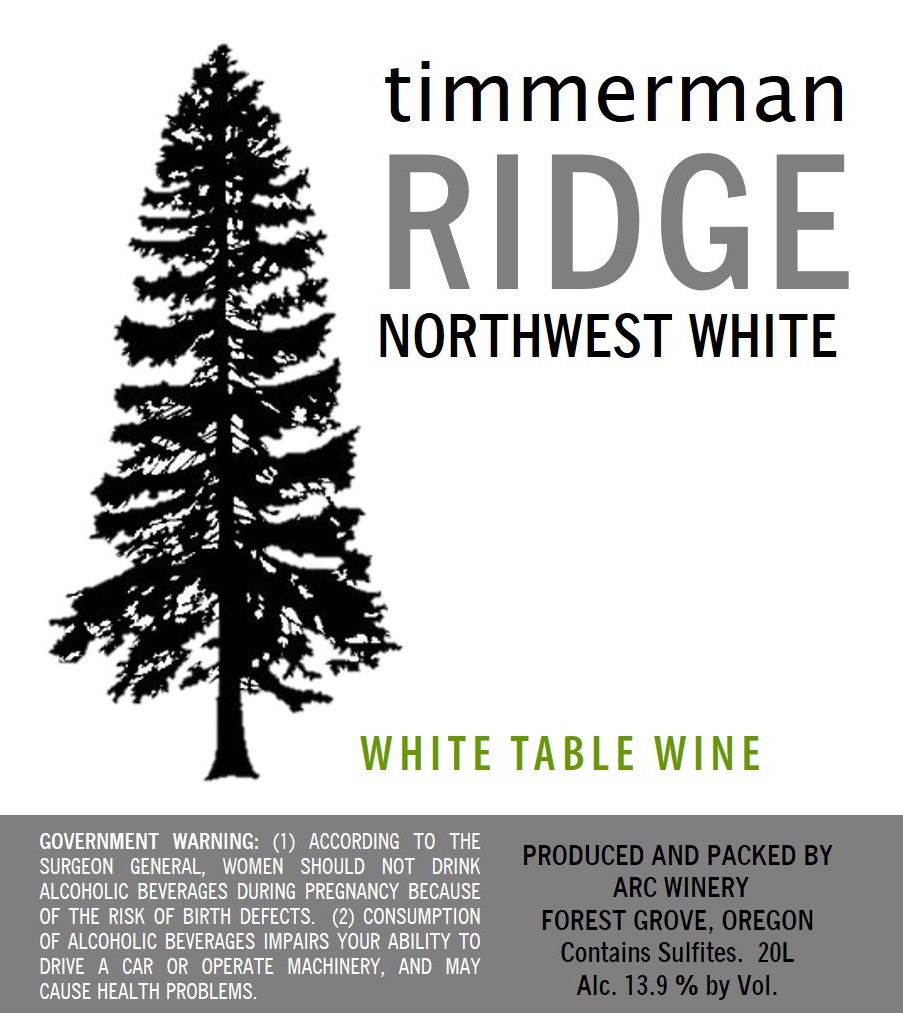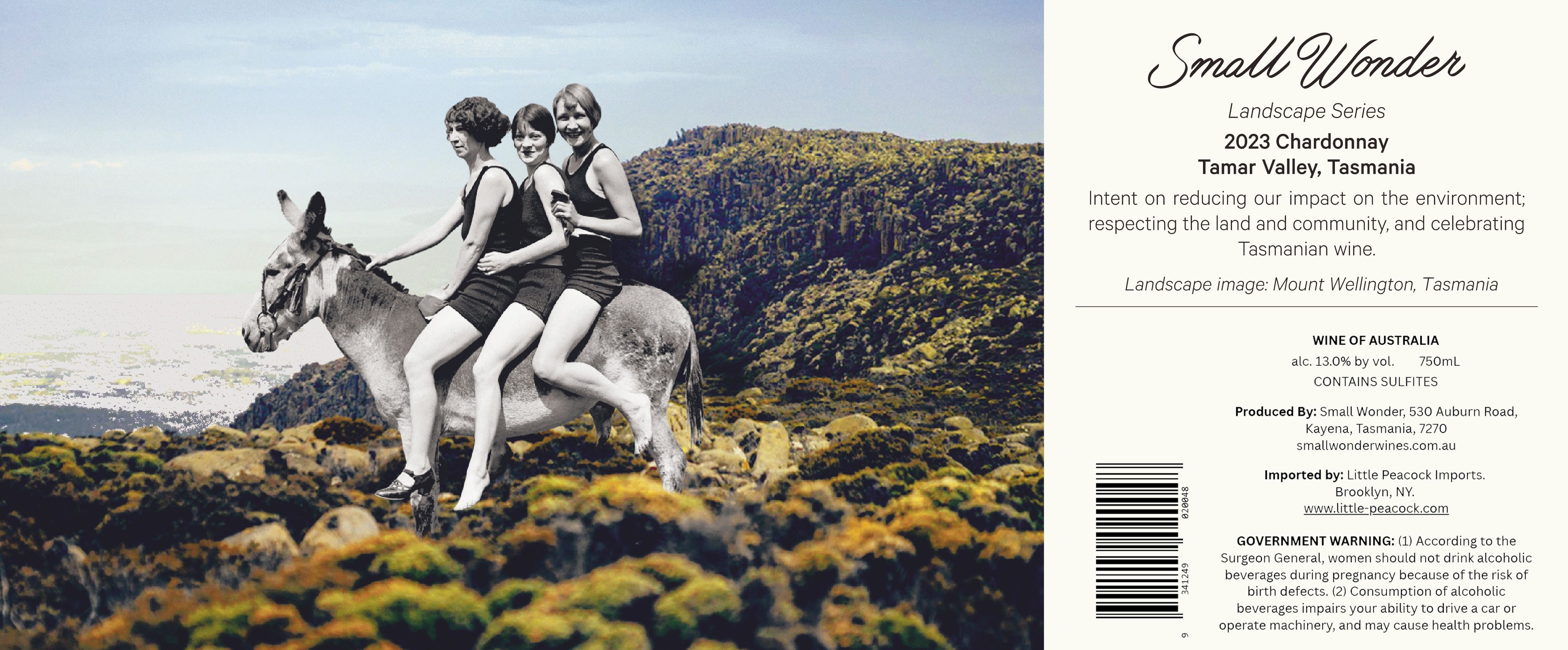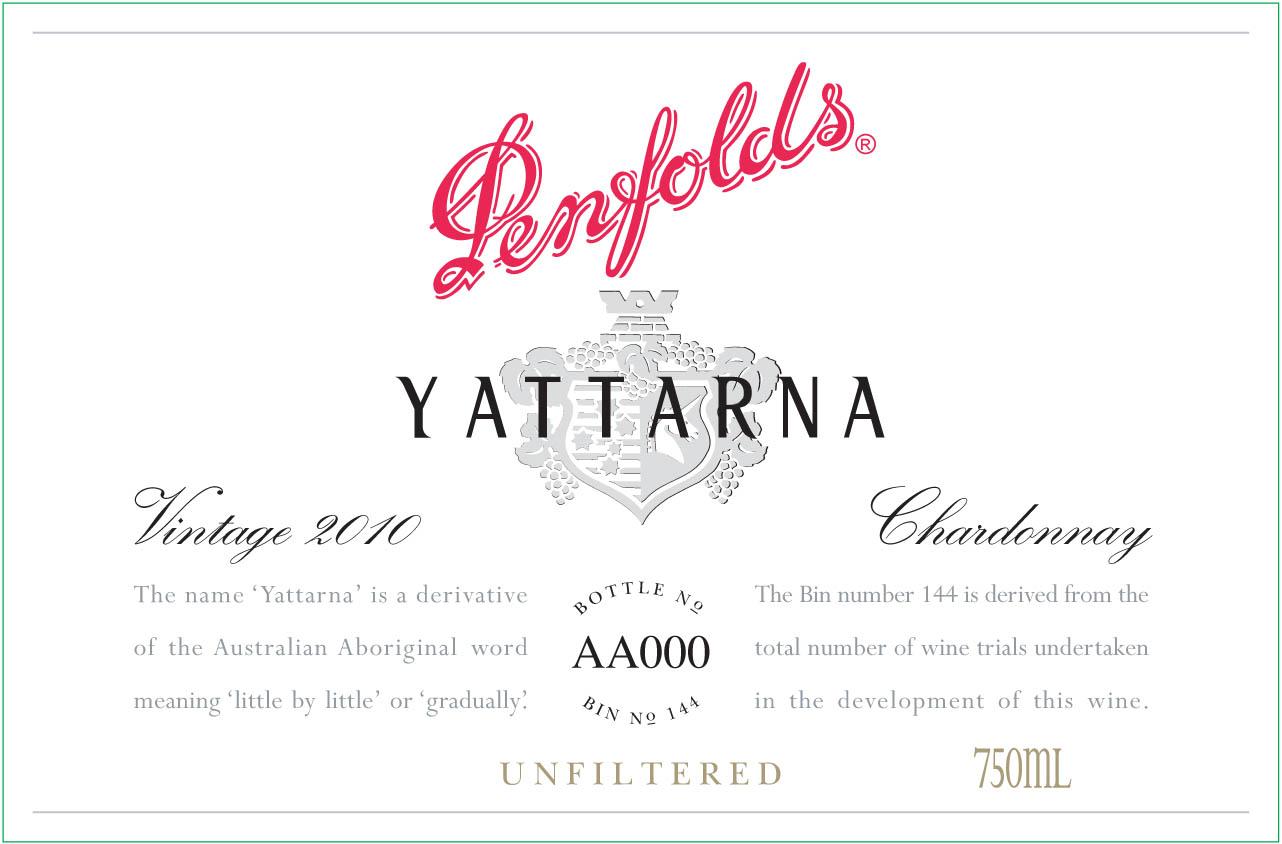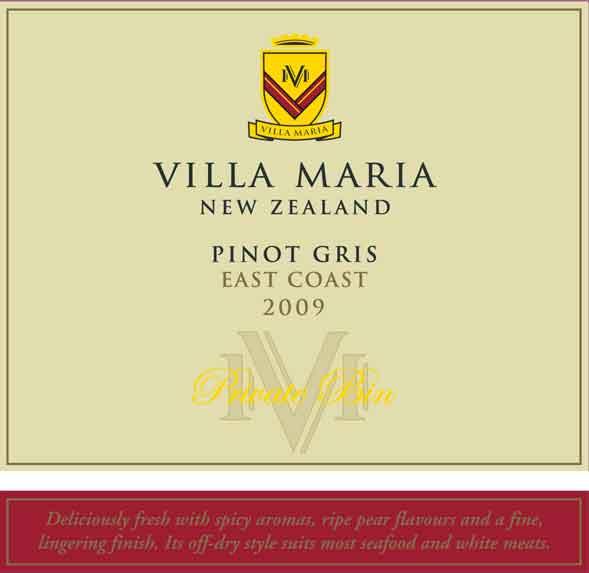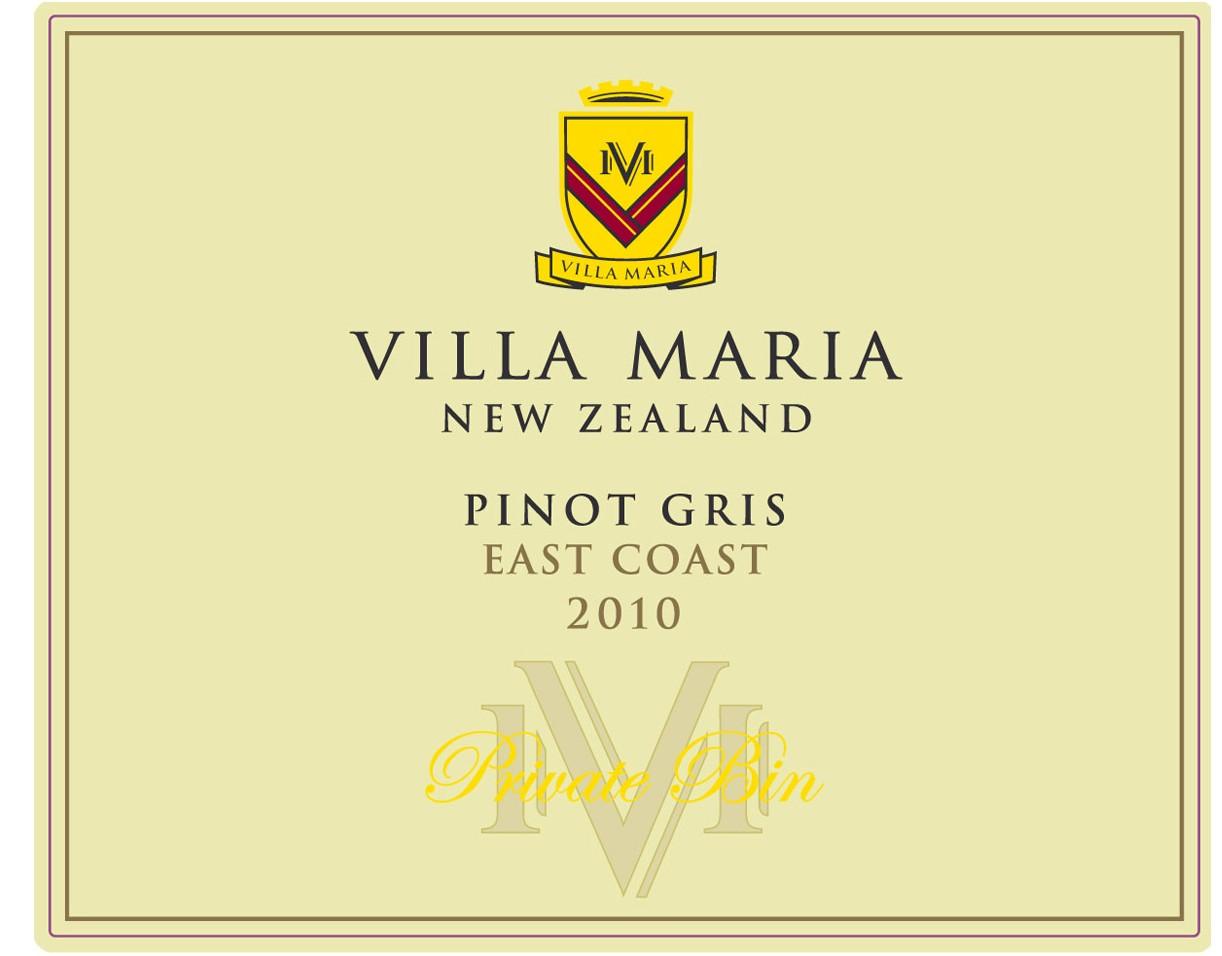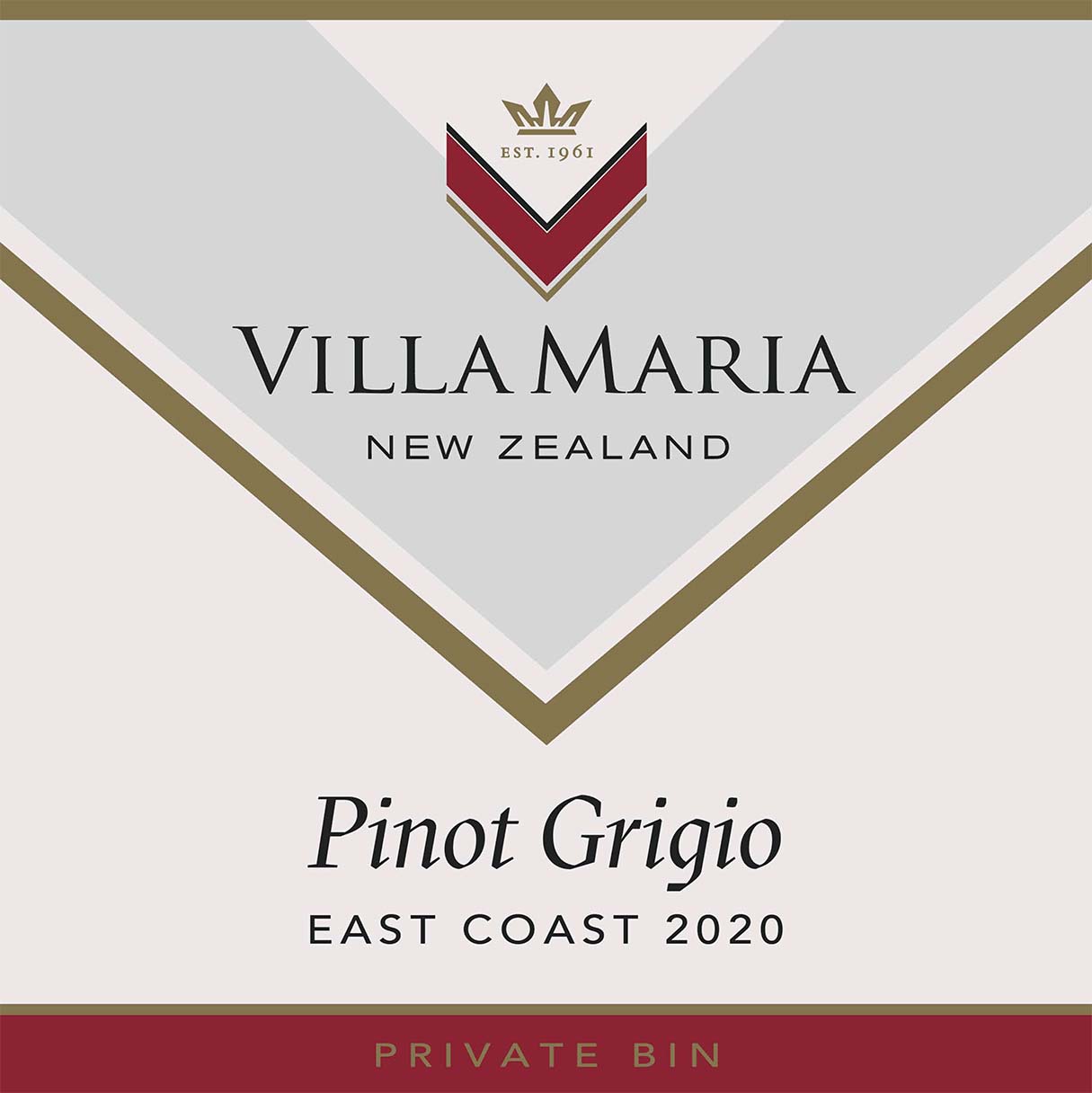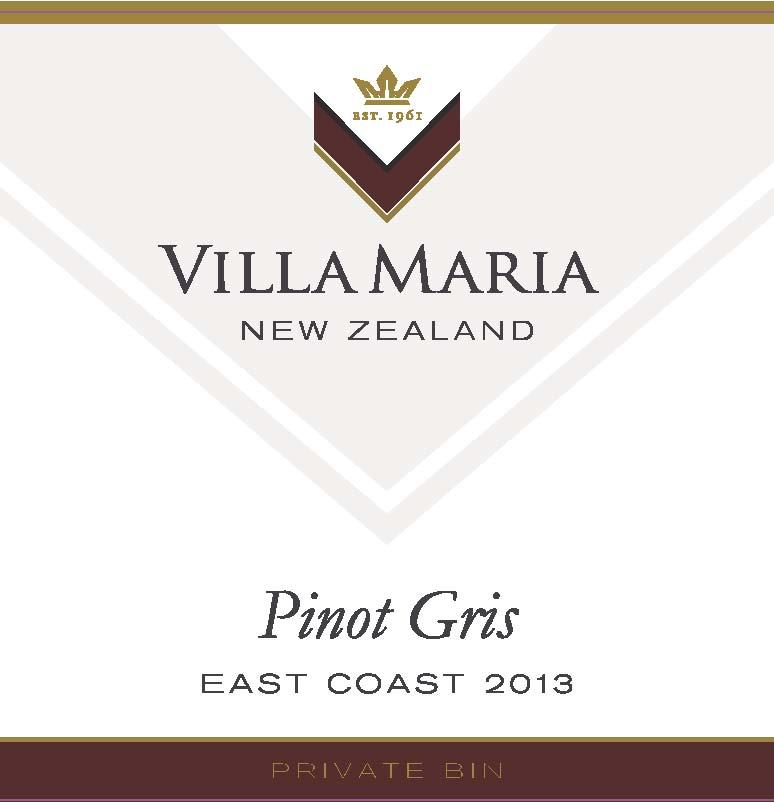Terroir of Tasmania
The terroir of Tasmania is defined by its cool temperate maritime climate, shaped by the "Roaring Forties" from the Southern Ocean. This provides a steady temperature for a long grape ripening season, crucial for the island's signature bright acidity.
Vineyards are often located on the eastern side, sheltered by mountains, creating dry, sunny microclimates with cool nights that preserve the wines' acid structure.
Each subregion, from the Tamar Valley's reliable warmth to the Huon Valley's cool, wet conditions, contributes unique characteristics to Tasmania's wines. The varied soils, from gravelly basalt to sandstone and clay sediments, further enhance the diversity of styles, supporting Tasmania's reputation for world-class Pinot Noir, Chardonnay, and sparkling wines. The island’s geographical diversity ensures a rich tapestry of flavor profiles, making each vintage a unique expression of its terroir.
Notable Wineries in Tasmania
Tasmania’s wine landscape is a captivating blend of tradition and innovation, with esteemed wineries leading the charge. Here are a few noteworthy producers:
-
Moorilla Estate: Near Hobart, this winery is a pioneer of cool-climate Pinot Noir and part of the cultural hotspot, MONA.
-
House of Arras: Renowned for its award-winning sparkling wines, aged to perfection under Ed Carr’s expertise.
-
Jansz Tasmania: A trailblazer in traditional-method sparkling wines, located in the ideal Pipers River region.
-
Tolpuddle Vineyard: Acclaimed for its pure, intense Pinot Noir and Chardonnay from the Coal River Valley.
-
Pooley Wines: A celebrated family estate in Richmond, noted for its world-class Rieslings and Pinot Noirs.
Sustainable Winemaking in Tasmania
Tasmania embraces sustainable winemaking, driven by its "high-risk, high-reward" cool climate. The VinØ Program, established by Wine Tasmania in 2015, guides vineyards in enhancing soil health, biodiversity, and water conservation. This aligns with Sustainable Winegrowing Australia (SWA) standards, promoting eco-friendly practices industry-wide.
Tasmania's natural advantages, like its cool, dry climate, lower disease risks, making it easier to adopt low-chemical and organic farming. This is crucial for producing top-tier wines like Pinot Noir and Chardonnay. Many vineyards, big and small, are adopting new practices to minimize their carbon footprint, using methods like natural weeding with sheep and fostering beneficial insects.
The commitment to sustainability helps ensure the long-term health of Tasmania's vineyards, allowing its wines to continue to be celebrated for their elegance and quality on the global stage.
Wine Tourism in Tasmania
Tasmania's wine tourism offers a unique blend of natural beauty and exceptional wines. The island features four key wine trails, each providing a distinct experience.
The Tamar Valley Wine Trail is the oldest, offering over 30 cellar doors near Launceston. The North West Wine Trail combines wine tasting with visits to natural sites like Cradle Mountain. The East Coast Wine Trail takes you on a scenic drive with views of the Freycinet Peninsula's coastline. Finally, the Southern Wine Trail explores the wine regions around Hobart, including the Coal River, Derwent, and Huon Valleys.
Wine festivals like the Tasmanian Wine Festival in Hobart highlight the island's rich culinary culture, with wines, local foods, and live music. This approach to wine tourism emphasizes personal connections with winemakers and the land, making Tasmania a captivating destination for those passionate about wine.



